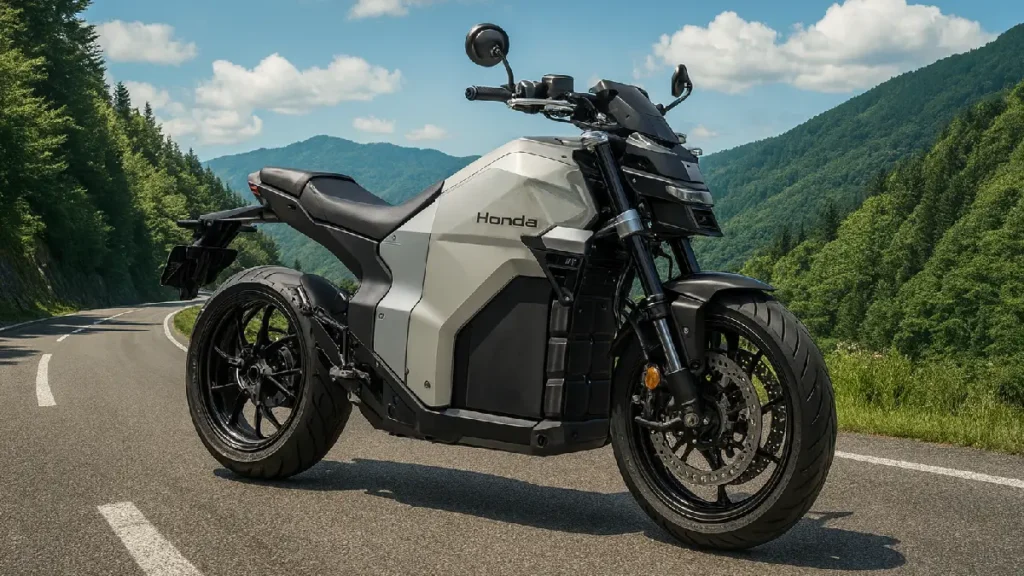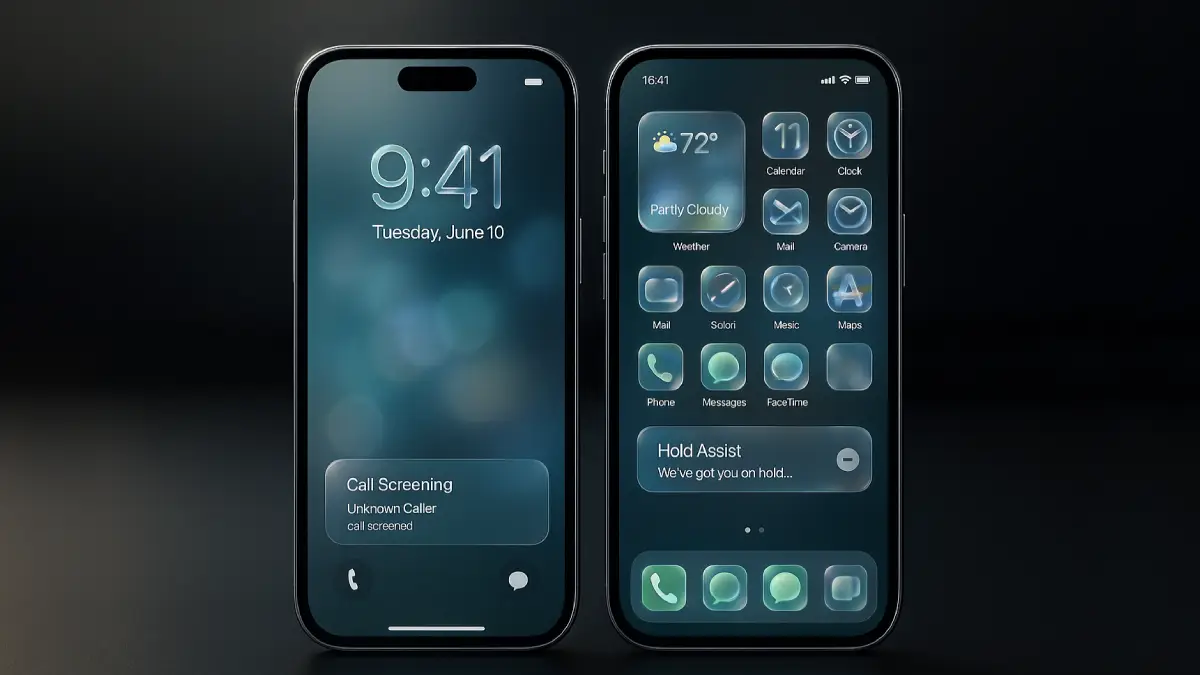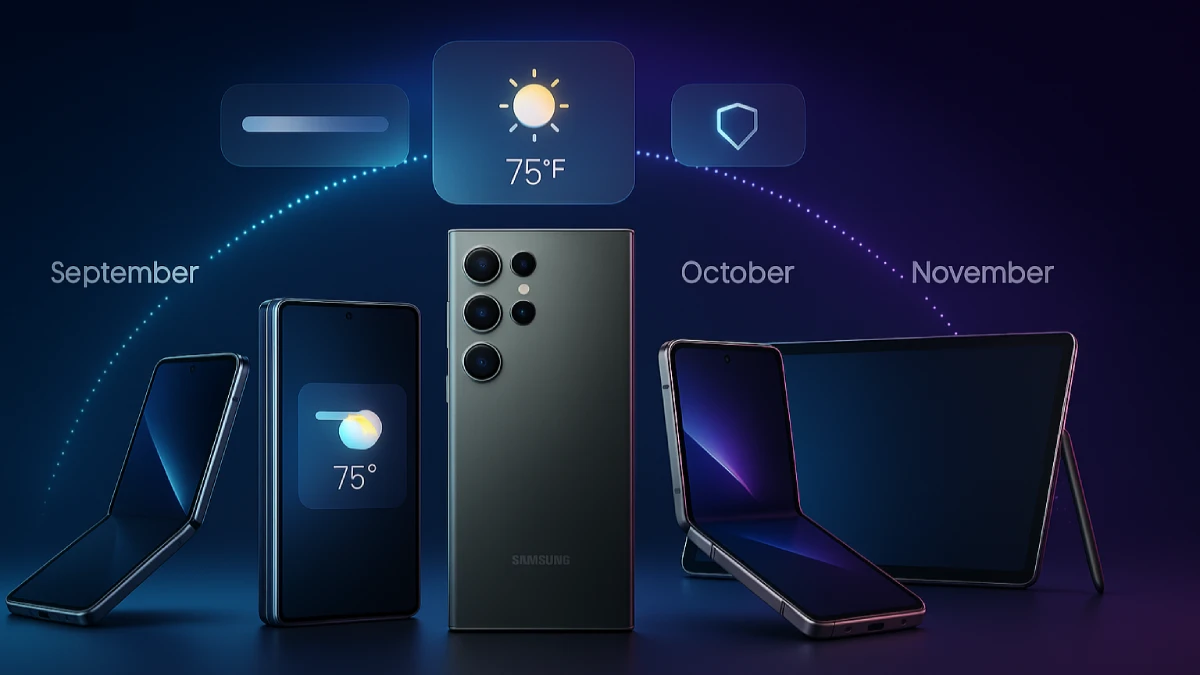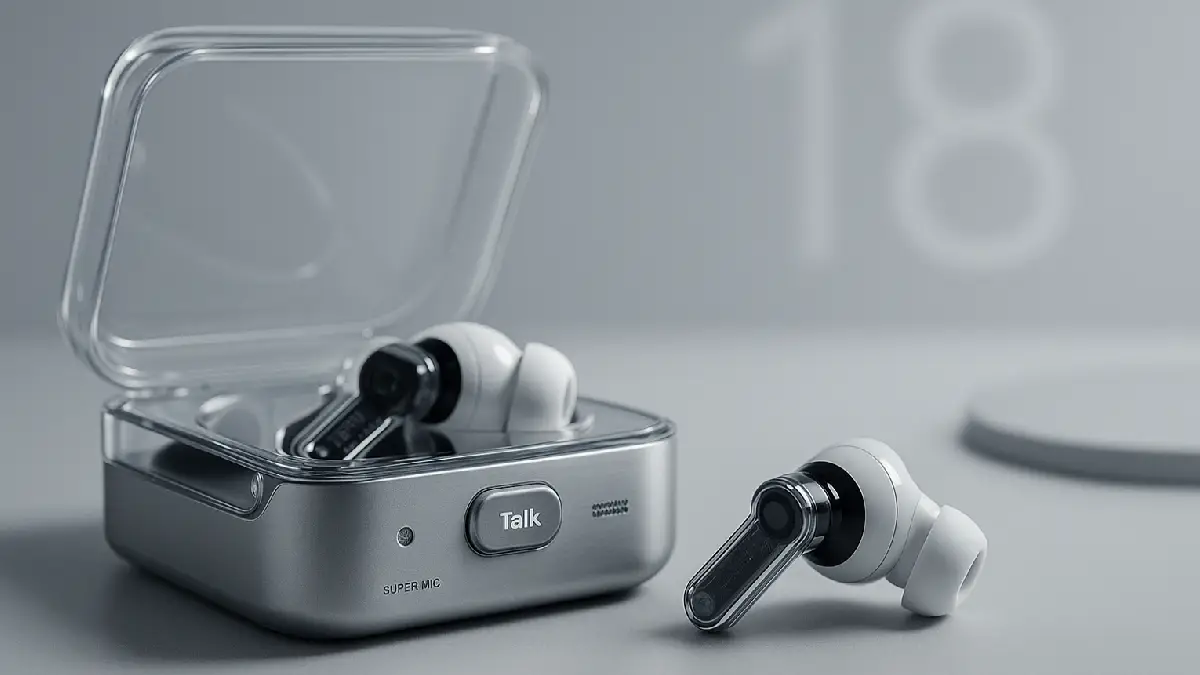Honda has unveiled the WN7, its first full-sized electric motorcycle for Europe, positioning it as a premium, CCS2-compatible naked designed for real-world commuting and early-adopter credibility within Europe’s maturing EV two-wheeler ecosystem. The launch matters because it synchronizes hardware, charging, licensing, pricing, and dealer readiness into one coherent entry point for Honda’s broader electrification roadmap.

Headline specs at a glance
- CCS2 DC fast charging with a claimed 20–80% in ~30 minutes for practical urban top-ups.
- Fixed lithium-ion battery, home AC charging under ~3 hours with a wallbox, tuned for daily loops.
- Output framed against ICE: “600cc-like” power with “1000cc-like” torque character, kerb ~217 kg.
- Range claim ~130 km, aimed squarely at city/suburban commuting use-cases.
- UK pricing around £12,999, signaling a premium commuter/performance pitch.
- 5-inch TFT with Honda RoadSync connectivity; A1-compliant 11 kW variant planned.
Why This Launch Matters
Ecosystem fit, not just specs
The WN7 is tailored to Europe’s infrastructure and regulations—CCS2 public charging networks, A1/A2 tiered licensing, and urban commute patterns—so the value lives in system integration rather than headline numbers. It’s a strategic “entry node” for Honda’s EV platform in a region where charging access, licensing, and dealer service readiness make or break adoption.
Platform-first strategy
Beyond the single model, Honda is validating a fixed-battery, CCS2 architecture and building service capability across European dealers, paving the road for derivatives and adjacent segments once real-world data confirms demand patterns.
Charging and Range
CCS2 integration
By adopting CCS2, the WN7 plugs into Europe’s mainstream fast-charging spine, enabling 20–80% top-ups in roughly half an hour during commutes or lunch breaks. This reduces dependence on home charging and broadens usability for apartment dwellers with street parking.
Daily-use sweet spot
The ~130 km range aligns with typical European daily riding (20–40 km) plus margin, while home AC charging under ~3 hours restores full capacity overnight for garage-equipped owners. For those without private parking, CCS2 anchors a practical public-charging routine.
Performance and Licensing
Familiar ICE mapping
Positioning performance as “600cc-like output with 1000cc-like torque feel” helps riders translate EV dynamics into known ICE benchmarks. The kerb mass near 217 kg suggests a planted, commuter-friendly chassis with EV torque doing the heavy lifting at low-to-mid speeds.
Tiered accessibility
An 11 kW A1-compliant variant expands the addressable market to newer riders, aligning with European licensing tiers while preserving the platform’s core proposition.
Price, UX, and Ownership
Premium intent
At ~£12,999 in the UK, WN7 targets riders who value Honda’s build quality, dealer footprint, and charging convenience over rock-bottom pricing, competing with mid-capacity ICE nakeds and emerging EV middleweights.
Connected cockpit
A 5-inch TFT with Honda RoadSync integrates navigation, calls, and notifications, elevating the daily user experience and reinforcing the “quiet, smooth, practical” EV commuting promise.
Manufacturing, Dealers, and Timing
Staged rollout
Production is slated for late 2025 with first deliveries expected in 2026 across Europe, giving Honda time to synchronize component supply, dealer training, and customer financing while infrastructure and policy tailwinds strengthen.
Dealer readiness
The launch doubles as a dealer-operations test: high-voltage service training, parts pipelines for power electronics, and customer education on charging habits and cost-of-ownership.
Competitive and Regulatory Context
Fixed battery vs. swappable
A fixed pack simplifies systems and enables CCS2 fast charging, diverging from swappable-battery scooter ecosystems. It pushes rivals toward standardization and clearer ICE-equivalency messaging riders understand.
Policy alignment
European low-emission zones, urban charging investments, and corporate fleet electrification bolster the WN7’s daily-use case, even as long-haul touring remains outside its sweet spot.
What It Means for Riders
Practical commuting, premium feel
- Strong low-end torque for urban agility, with public CCS2 and home AC options covering most daily needs.
- A1 variant opens the door to newer riders without sacrificing the platform’s core value.
- Premium price aims to buy reliability, residual confidence, and a polished UX.
What It Means for Honda
A deliberate beachhead
The WN7 seeds Honda’s EV motorcycle architecture in Europe, accumulates usage data, and trains the network—precursors to a family of models tuned to different ranges, ergonomics, and price points.
What to Watch Next
Pending details and real-world proof
- Final drive type (belt vs chain), official torque numbers, and rider aids are likely to be clarified near major shows.
- Independent range testing at motorway speeds, in winter temps, and on mixed routes will define true commuting envelopes.
- Financing and TCO offers that leverage low running costs could unlock volume beyond early adopters.




